August 30th, 2021 by ie-admin
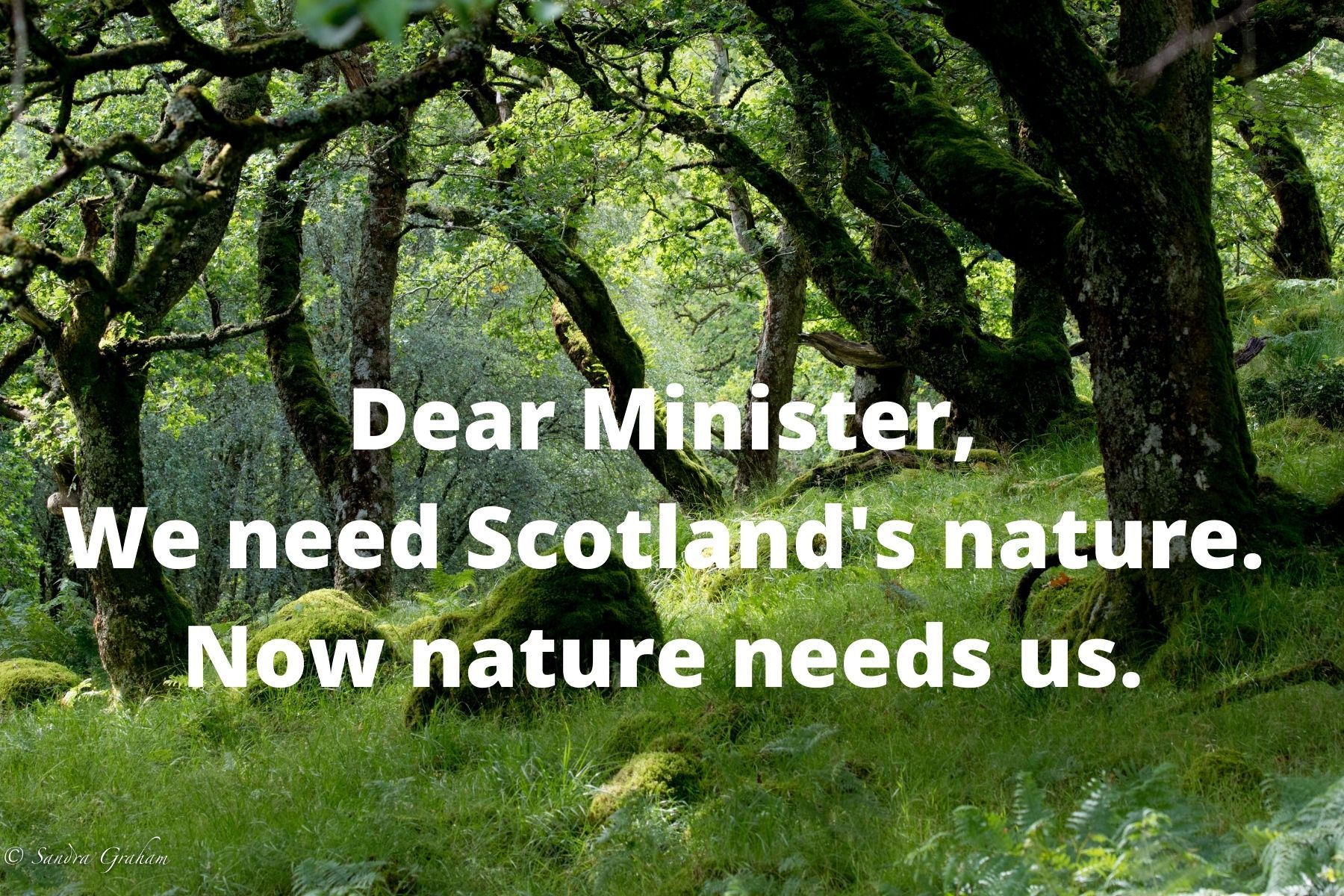
Since 2018, the Fight for Scotland’s Nature campaign has called on the Scottish government to set legally binding targets to halt the rapid decline of Scotland’s nature and set it on track to recovery.
This summer, more than 1,200 people wrote messages to Scotland’s Minister for Environment and Land Reform Màiri McAllan about why nature matters to them.
The campaign worked! In August, the newly formed SNP-Green government committed to setting targets for nature restoration in a Natural Environment Bill to be introduced in 2023-24. It’s thanks to the thousands of people who’ve supported the call for targets over the last three years that we’ve made it this far.
With the Greens joining government, Green MSP Lorna Slater will now lead on nature recovery targets as Minister for Green Skills, Circular Economy and Biodiversity. It’s great to see this issue given prominence at a ministerial level.
Now Fight for Scotland’s Nature campaigners are urging the government to set work in motion to make the recovery of our wonderful nature a reality.
Read a selection of people’s messages about the importance of Scotland’s nature in their lives:
August 20th, 2021 by ie-admin
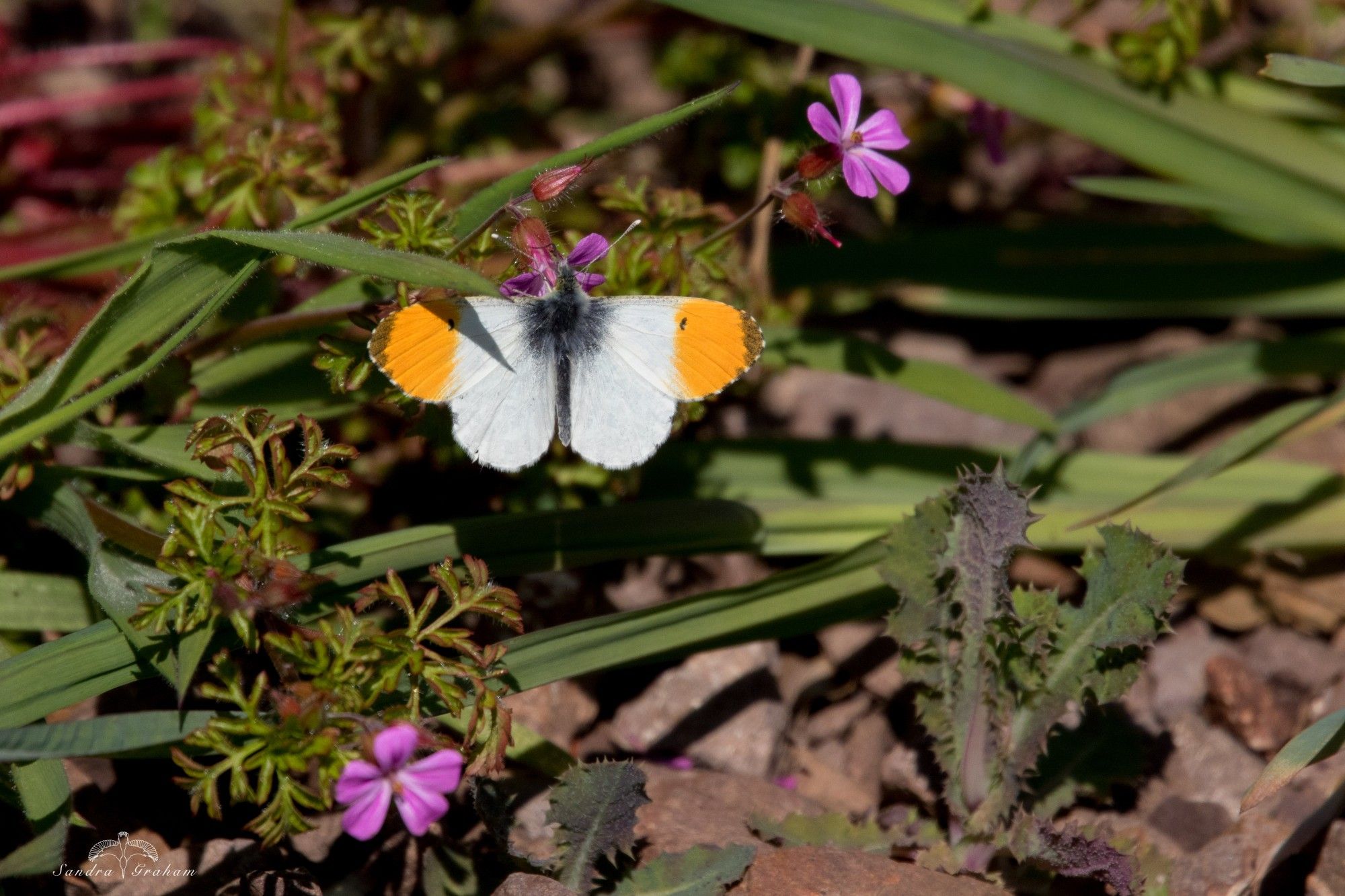
Orange-tip butterfly © Sandra Graham
Scottish Environment LINK, a coalition of over 40 leading environment charities has welcomed the inclusion in the draft SNP-Green deal of legally binding targets to halt the rapid decline of Scotland’s nature by 2030.
The deal, announced today (20 Aug), commits a potential SNP-Green government to introducing a Natural Environment Bill in 2023-24 that will set targets to stop the loss of Scotland’s wildlife and plants, and set nature on track to recovery on land and at sea.
The deal comes at a time when biodiversity in Scotland and worldwide is declining faster than at any time in human history. In Scotland alone, almost half of our species (49%) have declined in numbers in the last 50 years, and one in nine is at risk of extinction.
While welcoming the commitment to nature restoration targets, the charities have expressed concern that the legislation is not due until 2023-24, given the current rapid decline of Scotland’s nature.
Since 2018, through the campaign Fight for Scotland’s Nature, Scottish Environment LINK has been calling for legally binding targets for the recovery of nature.
Deborah Long, chief officer of Scottish Environment LINK, said:
“Scotland’s nature is central to the lives of Scotland’s people, but it’s in real trouble. We need to treat the nature crisis with the same urgency as the climate crisis, and take action now before it’s too late. We’re delighted by the inclusion of legally binding targets for nature in this deal, but we’re concerned that delaying their introduction for up to three years will make halting the decline of nature by 2030 more difficult. We hope to see swift action to bring targets into law and make the recovery of our wonderful nature a reality.”
The deal between the Greens and the SNP needs the approval of both parties’ decision-making bodies before it can go ahead.
August 11th, 2021 by ie-admin
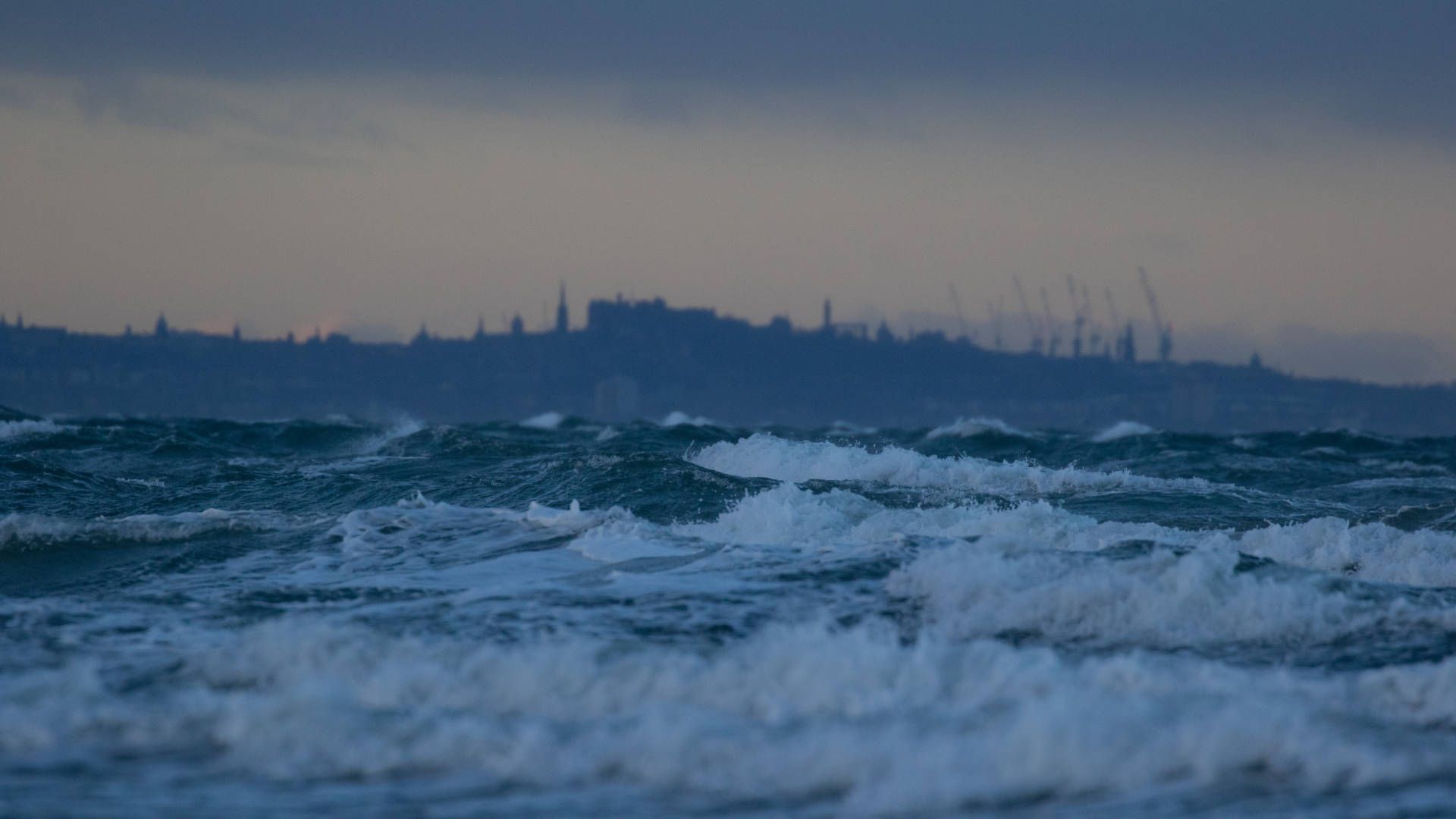
Edinburgh and the Forth © Sandra Graham
The recovery of Scotland’s nature could be beautiful and exciting – if we can find the political will to make it happen, writes Fight for Scotland’s Nature campaign coordinator Miriam Ross.
I was fascinated when I learned that millions of native oysters were once harvested from the Firth of Forth every year, providing a cheap and common source of food, and an Edinburgh old town full of raucous ‘oyster cellars’. It can be hard to imagine the places we live as they once were – and just as hard to imagine a different future for them.
Native oysters virtually disappeared from the Forth due to massive overfishing in the eighteenth and nineteenth centuries, and similar collapses have played out around most of Scotland’s coastline.
But native oysters, which are distinct from the pacific oysters now found on restaurant menus, are so good for ecosystem health and biodiversity that efforts are being made to start restoring their populations. In one such initiative at Loch Craignish in Argyll, the charity Seawilding has started growing juvenile oysters and returning them to the loch to restore the natural beds. Over the course of five years, it plans to grow up to one million native oysters.
Across Scotland, there are hundreds of inspiring projects underway to help our nature recover. These efforts are incredibly important, and they’re already making many of Scotland’s places better to live in.
But the bigger picture, in Scotland as elsewhere, is one of decline. And it’s not a slow decline. We no longer need to look back centuries to see how things have changed, because Scotland is losing its biodiversity at a rate perceptible within the lifetimes of people alive today. Almost half of our species have decreased in number in the past 50 years, and one in nine is at risk of extinction.
The devastating loss of nature is not inevitable. We can stop the decline, and we can increase Scotland’s wildlife populations and restore habitats, on land and at sea, helping nature to thrive. The many places where nature is recovering are living proof that we can do it if we want to. But we need to do it on a large scale, with action driven by government.
Nicola Sturgeon has said she wants to, writing in 2019, “The challenges facing biodiversity are as important as the challenge of climate change, and I want Scotland to be leading the way in our response.”
Now we need to see action to match those words.
Our neighbours are, on paper at least, moving in the right direction. At the end of June, the Welsh parliament called for legally binding targets to halt and reverse the decline of nature. The European Union has promised to introduce legally binding targets this year with the aim of restoring nature by 2030 – a development the Scottish government should note, having committed to aligning with EU environmental law.
There is no time to lose. The Scottish government must set legally binding targets to stop the loss of our wildlife and to make sure that by the end of this decade Scotland’s nature is on track to recovery. And it must propel the change needed to meet those targets.
Then we can collectively start to imagine, and create, a future in which a rich and diverse natural environment helps to make Scotland the kind of place we want to live in.
This article was first published in the Scotsman on 10 August 2021.
July 15th, 2021 by ie-admin
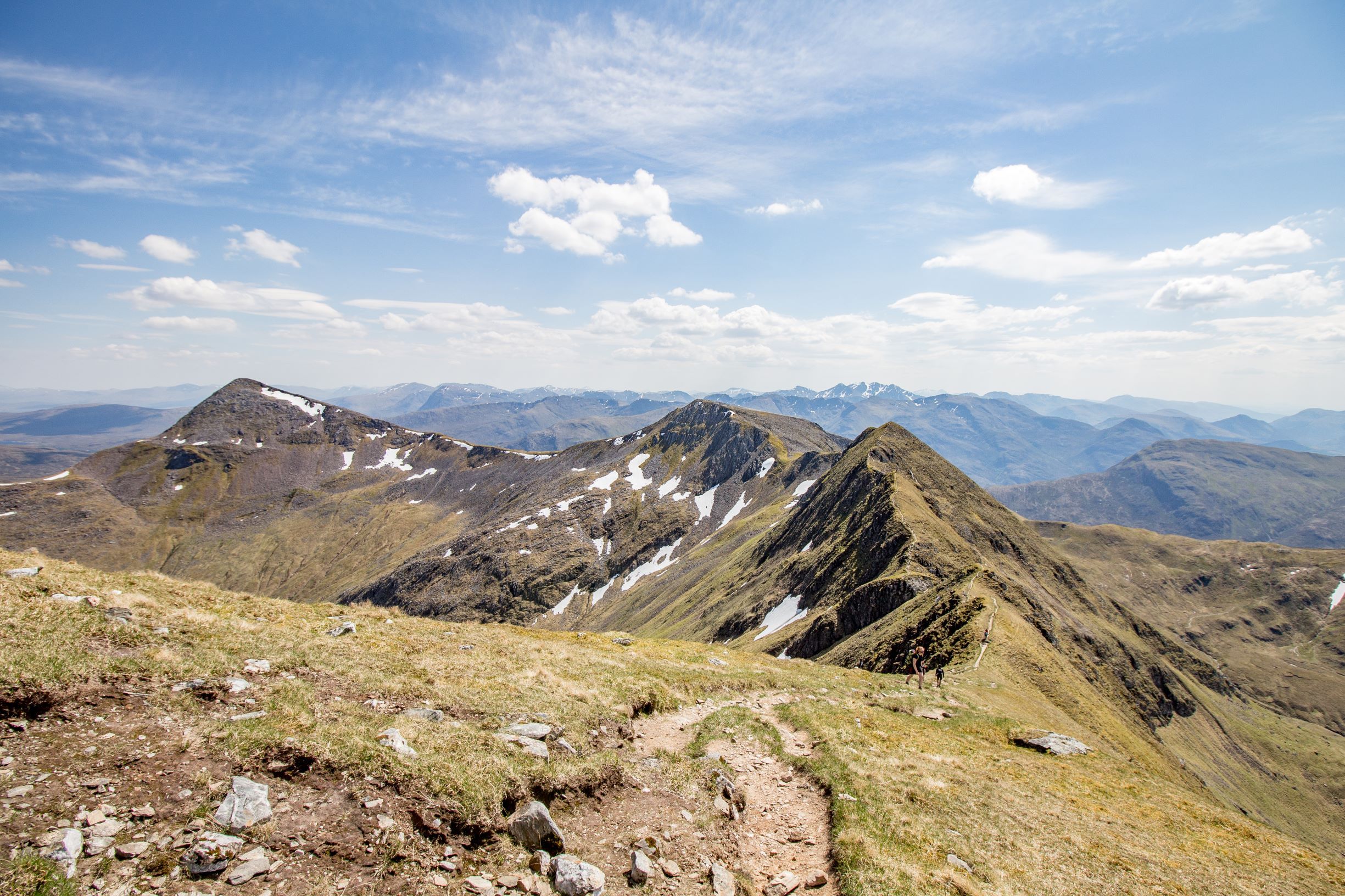
On the last day of June, the Welsh Parliament became the first parliament in the world to declare a nature emergency. The Senedd also called for legally binding targets to halt and reverse the decline of nature. Plaid Cymru member, Delyth Jewell, introduced the motion whilst referencing the missed UN Aichi targets on biodiversity: “When you miss a target like that, it doesn’t stand still—that loss, that decline, continues apace. The situation gets worse”. The Scottish Parliament failed to declare a nature emergency in November last year, when a similar motion was tabled by Mark Ruskell MSP which noted the catastrophic collapse in biodiversity globally and in Scotland.
Monica Lennon MSP has lodged a motion which, in light of the Welsh Parliament’s declaration of a nature emergency, calls on the Scottish Parliament to declare a nature emergency and introduce legally binding nature targets to drive nature’s recovery. We are totally dependent upon the natural world. But we are currently damaging it so profoundly that many of its natural systems are now on the verge of breakdown. The recently published Biodiversity Intactness Index places Scotland at 212th out of 240 countries based on how much human activity has impacted nature.
As we begin the UN Decade of Ecosystem Restoration, and as Scotland prepares to welcome the world at COP26 and play its role in Biodiversity COP15, action to reverse biodiversity declines in Scotland has never been more urgent. For over a decade, Scotland has striven to meet bold climate change targets, the same must now be put in place to address the nature crisis.
Time is running out and nature cannot afford another missed opportunity. We need Scotland’s political parties to come together to declare a nature emergency and commit to clear, legally binding targets to stop the loss of Scotland’s nature and set it on a path to recovery by 2030.
Tell your MSP to stand up for nature!
Urge your MSPs to support the motion, lodged by Monica Lennon MSP, calling on the Scottish Parliament to declare a nature emergency and commit to legally binding nature recovery targets. You can find the name, party affiliation and email address for your constituency and list MSPs by entering your postcode into the Scottish Parliament ‘Find MSP by postcode’ search tool. Once you have identified your MSPs, download our template email below, allowing you to contact each MSP individually and speak up for nature in a matter of minutes.
Email your MSP.
You can find out more about the benefits of legally binding Nature Recovery Targets in this blog.
June 1st, 2021 by ie-admin
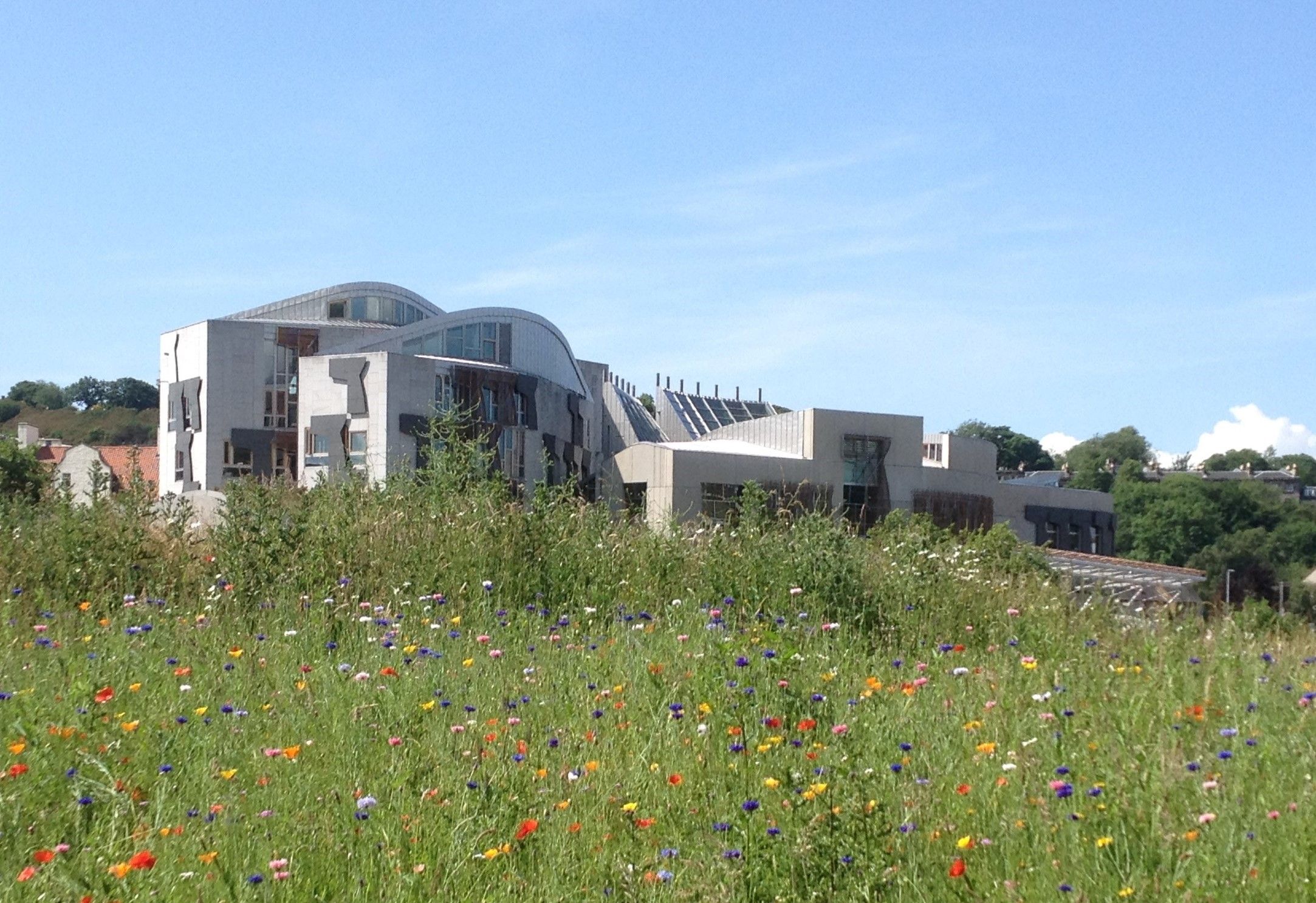
Last week, First Minister Nicola Sturgeon of the SNP and Scottish Green Party co-leaders Patrick Harvie and Lorna Slater announced that their respective parties would hold ‘formal talks’ on a potential cooperation agreement. The SNP-Green Party talks represent an exciting opportunity for the new government to prioritise nature’s recovery by adopting statutory Nature Recovery Targets – but it won’t happen without your help.
The SNP manifesto makes a welcome commitment to introduce a new Biodiversity Strategy for Scotland by autumn 2022. However, the ultimate success of that strategy will depend heavily on whether the government adopts legally binding Nature Recovery Targets – commonly referred to as statutory targets. While the SNP manifesto makes no public commitment to statutory targets, the Scottish Labour, Liberal Democrat and Green manifestos back legally binding targets. With cross-party support already evident in parliament, this is the ideal opportunity for the new government to demonstrate real commitment to delivering for Scotland’s nature by agreeing to statutory targets. By writing to your SNP and Green MSPs, asking that they recognise the emerging consensus and commit to statutory Nature Recovery Targets in their negotiations, we can revive nature in Scotland and make an important contribution to global restoration.
You can find the name, party affiliation and email address for your constituency and list MSPs by entering your postcode into the Scottish Parliament ‘Find MSP by postcode’ search tool. Almost everyone is represented by a Green or SNP MSP in their constituency or on the regional list. Once you’ve identified your Green and SNP MSPs, download our template email below, allowing you to contact each MSP individually and speak up for nature in a matter of minutes.
Email your SNP and Green MSPs
You can find out more about the benefits of legally binding Nature Recovery Targets in this blog.
June 1st, 2021 by ie-admin
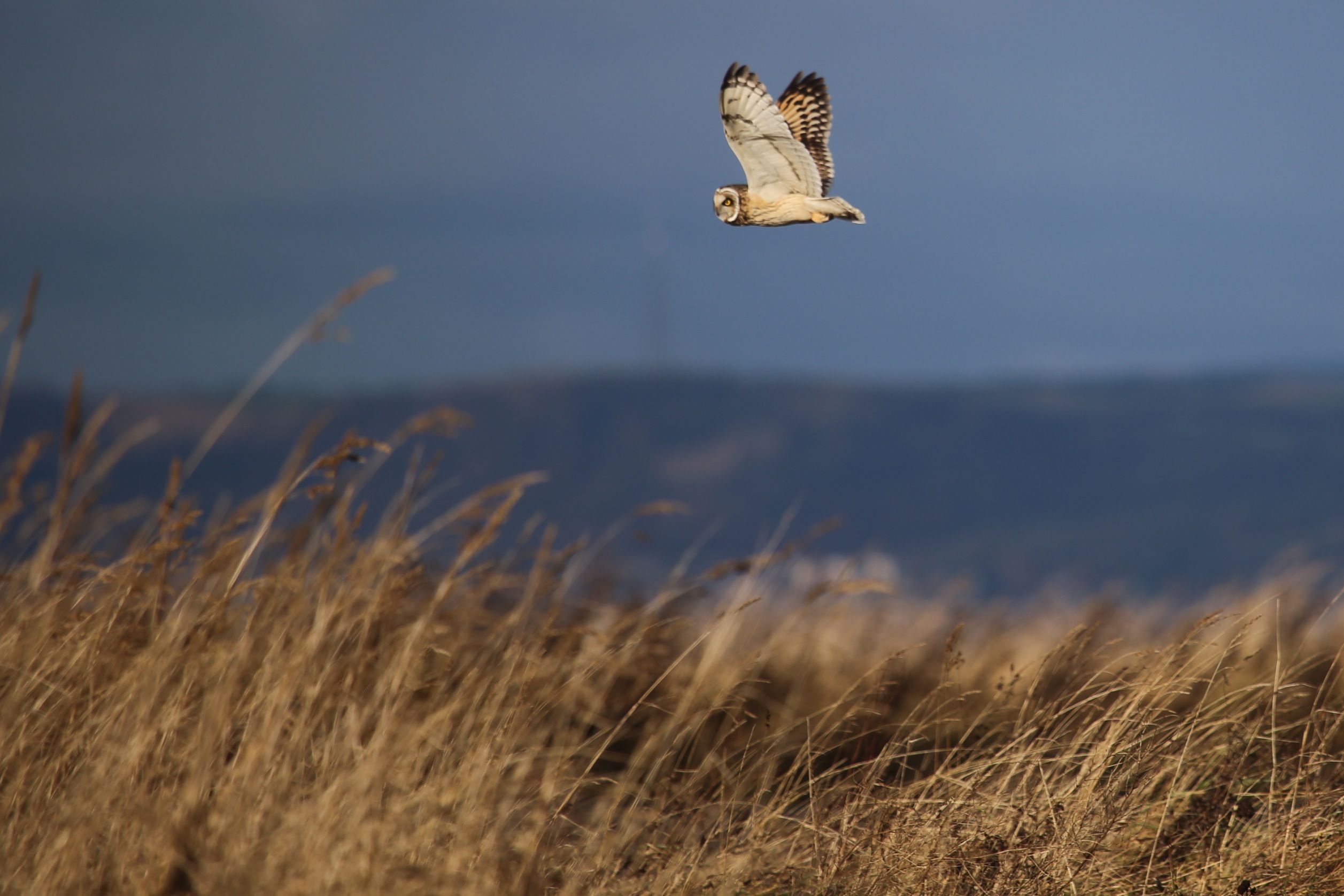
Mass extinction
We are living through a mass extinction. Since 1970, our world has seen a drop of almost 70 per cent in the average population of mammals, birds, amphibians, reptiles and fish, and over a quarter of assessed species are now threatened by extinction. While developing countries in sub-Sahara Africa and South Asia repeatedly suffer first and worst, wealth isn’t a shield. Scotland is a wealthy nation, yet half of all our species are in decline, with 1 in 9 at risk of extinction, and two-thirds of our peatlands – vital natural infrastructure in the battle against climate change – are degraded. Time is running out, by setting ambitious, legally binding nature recovery targets, the new Scottish Government can revive nature in Scotland and make an important contribution to global restoration.
A natural starting point
When we want to achieve something, setting a target is a natural starting point, whether in our personal lives, in business or in government. Targets allow us to monitor our rate of improvement against a clear objective, meaning we can adjust our approach accordingly to stay on goal. When we’re open and honest about our plans with others, it helps us feel accountable and motivates us to keep on track. To achieve that sense of accountability with government, Nature Recovery Targets must be statutory, with regular progress reports. It means citizens can hold the government to account on overall progress and hold industry to account on sectoral-specific targets.
The Scottish Government already measures progress against agreed targets on issues as diverse as child poverty, social housing, and climate change. If we want to restore nature in Scotland, adopting legally binding Nature Recovery Targets is a logical first step. Effective targets would measure species abundance, distribution and extinction risk; the quality, extent and connectivity of habitats, and contributions towards our collective goal, with sectoral-specific targets.
Scotland cannot be left behind
This year, at the beginning of the UN Decade of Ecosystem Restoration, the UK Government and the EU Commission are on course to set legally binding Nature Recovery Targets for England and the European Union, respectively. Scotland cannot be left behind. We need our own statutory Nature Recovery Targets, committing our government to revive Scotland’s species and habitats, with communities, businesses, local authorities, and government agencies all playing their part.
By inviting the Scottish Green Party to participate in formal talks, First Minister Nicola Sturgeon has shown that her new government is open to a more consensus-based politics. With three out of five parties in the Scottish Parliament already supporting statutory Nature Recovery Targets, there is a clear opportunity for the Scottish Government to embrace genuine cross-party consensus while keeping pace with the rest of the UK and the EU. Statutory Nature Recovery Targets is an idea whose time has come.
May 22nd, 2021 by ie-admin
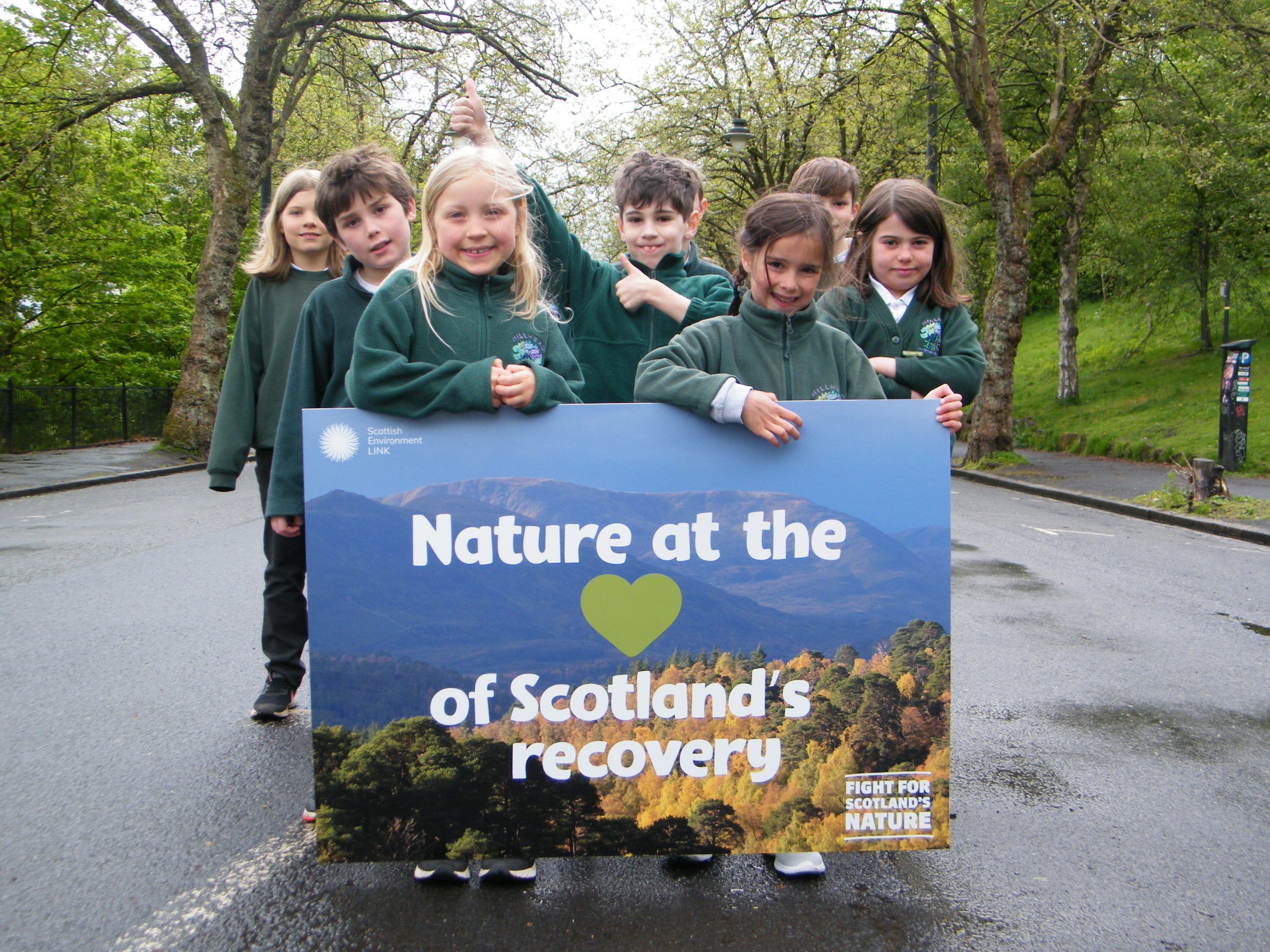
Pupils from Hillhead Primary School in Glasgow support the call to put nature at the heart of Scotland’s recovery
MORE than 35 organisations, including primary school children, have joined forces to call on the First Minister to put nature at the heart of Scotland’s post-Covid-19 recovery.
Together, they want the newly elected government to take urgent action to halt the rapid decline in Scottish wildlife and plants and to see legally binding targets by 2022 to help set Scotland’s nature on track to recovery by 2030.
The call comes ahead of COP26 in Glasgow this year and at a time when Scotland’s nature is facing grave challenges, with biodiversity here and worldwide declining faster than at any time in human history. In Scotland alone, almost half of our species (49%) have declined in numbers in the last 50 years, and one in nine is at risk of extinction. The latest findings also show that Scotland has missed 11 out of 20 of its agreed United Nations targets to sufficiently protect plants and animals.
Scottish Environment LINK, through the campaign Fight for Scotland’s Nature, successfully campaigned for new Scottish laws to replace the EU’s world-renowned environmental protections after Brexit, and says more should be done to protect Scotland’s people and nature. This week, after months of lobbying from environmental charities, the UK government also committed to amending the Environment Bill to require an additional legally-binding target for species for 2030, aiming to halt the decline of nature in England.
Deborah Long, chief officer of Scottish Environment LINK said:
“Nature is in crisis and climate change, pollution and over consumption are wreaking havoc on our planet, and spell out huge repercussions for the future.
“I welcome the UK government’s decision to amend the Environment Bill to include a legally-binding target to help halt the decline of nature. However, this target will apply to England only. The time has come for the Scottish government to commit to legally-binding targets by 2022 to help set Scotland’s nature on a path to recovery by 2030.”
Andrew Robson, headmaster at Hillhead Primary School said:
“We strive to ensure our young people are aware of the importance of looking after the environment and actively involve them in making our school more environmentally friendly.
“Sadly, despite not being responsible for causing climate change and the environmental degradation we’re seeing, they will be the ones who will bear the brunt of it. I’m very pleased to see them involved in this important initiative to help reverse the serious environmental issues we’re facing and have their voices heard.”
Deborah Long said:
“The pandemic has been tough for us all and I’m not alone in saying that never before have we noticed and appreciated our natural environment as much as we have during lockdown. Now is the time to give back to nature and ensure a sustainable post-Covid-19 recovery for Scotland. This is our chance to seize the opportunity to build a better, more prosperous Scotland that works in harmony with our natural world.
“I urge the Scottish government to put in place the important steps desperately needed to prioritise the wellbeing of people and our nature, to help ensure a healthy future for us all.”
May 6th, 2021 by ie-admin
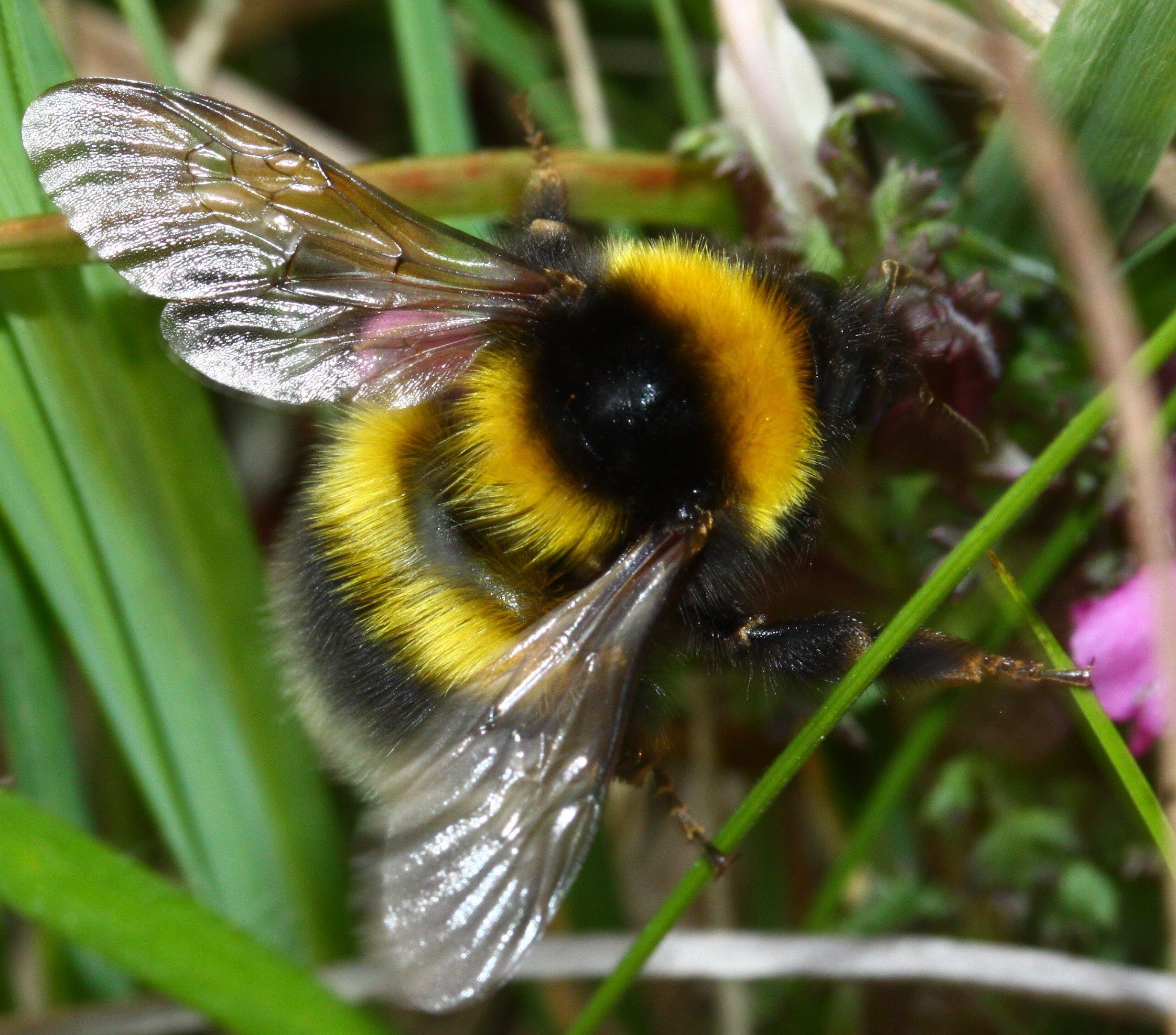
Garden bumblebee © Gus Jones
By Deborah Long, chief officer, Scottish Environment LINK
It’s been said often enough, but many of us have never before appreciated or even noticed our natural environment as much as we have since the pandemic. Like a long lost friend, nature has helped to soften the blow of a tough few months peppered with restrictions after restrictions.
For me highlights have been scuffing leaves along my regular woodland path in autumn, watching the early bumblebees investigate flowering hellebores in my garden in January and now the sparrows squabbling over dropped seed. There are many ways in which for me nature has brought me peace and the wider realisation that we are all part of something much bigger.
For pretty much the first time ever, life at home has meant I watched the imperceptible changes of the seasons, with insects and birds using different spaces in my garden and the village to eat, sleep and play. Seeing all this life close up reminded me every day to keep the bird feeders stocked, to break the ice on the tiny pond and to ensure we have a sequence of flowering plants on show and in use by the bees and butterflies.

Small but important steps to giving back to nature, which is providing me with mutual pleasure. And I know, I am far from alone in this.
The irony is that despite us benefitting immensely from nature and being wholly dependent on it for our survival, our actions tell another story and render our relationship very one sided. Our industries and the consumer choices we make are wreaking havoc on nature and the climate as we continue to take what we want, without much thought or recompense. This is tipping our planet’s balance with increasing signs of perils that spell out huge repercussions for nature and our own wellbeing.
Since 1970, in Scotland alone, almost half (49%) of species have decreased in numbers and one in nine species, including plants, animals, fish and insects are at risk of extinction.
Unless we wake up to the gravity of what we are doing and take concrete steps to halt the loss of nature, this will only get worse. Our lack of care and recognition means that adults today are in grave danger of seriously harming our precious planet to the point of no return and paring it back to a much-diminished version for future generations.

Things are changing though, and people across the globe are pushing decision makers to put in place the steps that will put our natural world on the path to recovery. As we head to the poll, a survey conducted by the National Trust for Scotland shows that almost three quarters of people in Scotland (74%) would support the Scottish government introducing legally binding targets to halt and reverse the rapid decline in nature.
At this critical stage in our planet’s history, whoever gets to lead Scotland from 6 May must put the health and wellbeing of its people and with it the health and wellbeing of our natural world at the heart of all decision making. They must continue to pursue and uphold high environmental standards, supported by long-term funding for Scotland’s environment agencies, and take steps to ensure everyone has access to nature-rich greenspace.
They must also recognise the immediate and long-term danger our natural environment is facing and ensure that Scotland is proactive in reversing biodiversity declines, setting legally binding targets by 2022 to make sure that by 2030 Scotland’s nature is on track to recovery. Having pushed our natural world to its limits means that measures to safeguard and rebuild the health of our environment can no longer be kicked into the long grass.
Scotland’s government will need to put words into action and show clear leadership in the fight for Scotland’s nature, and our planet.
A version of this article was first published in the Herald on 6 May 2021.
May 4th, 2021 by ie-admin
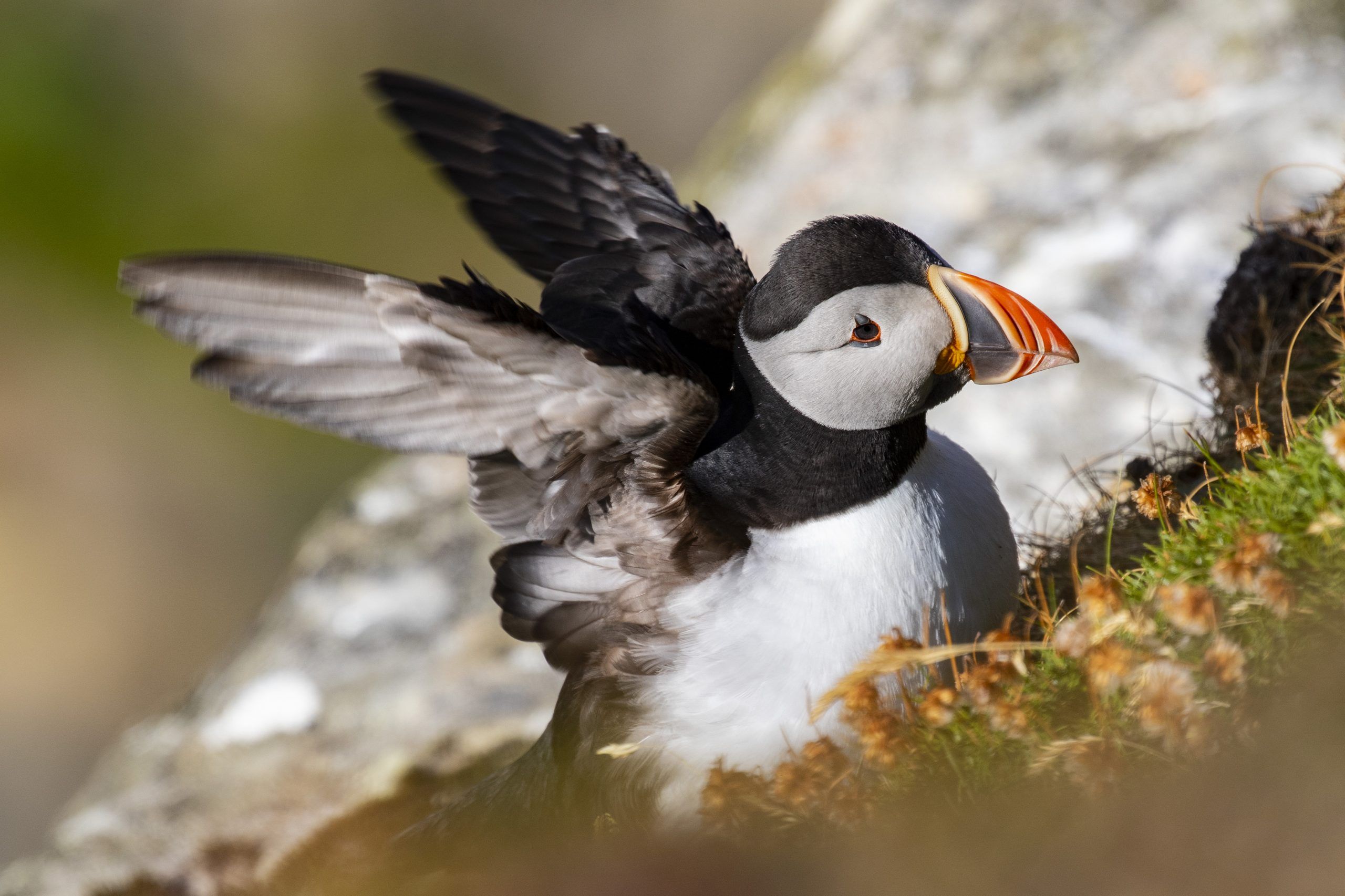
Puffin © Charlie Phillips
The month of May shows us nature’s lust for life. Nature can recover if we help it, says Fight for Scotland’s Nature campaign coordinator Miriam Ross.
The month of May, I contend, is one of Scotland’s best. Even when spring has been slow to show itself, suddenly in May it puts on a performance, full of bees and blossom and bright green leaves. Nature’s drive for renewal is evident all around us.
Added to that, May is Scotland’s sunniest month, and when the sun shines in May I can fool myself that it’s going to stay with us right through to September.
This May, as coronavirus restrictions are eased, the sense of possibility is even sharper than usual. We could take a boat trip on the Firth of Forth to see the puffins! We could go and visit friends 40 miles away!
This May, of course, there’s also the election. The result is going to please some and not others. But no matter where your political allegiance lies, the fact remains that a large cohort of keen new people will be joining the familiar faces at Holyrood this year. Each one of them will have the opportunity to push for action on the issues they care about.

Bluebells © Sandra Graham
Not least among the issues that should concern MSPs, new and returning, is the state of Scotland’s nature. A staggering 49 percent of species in Scotland have decreased in number since 1970, and one in nine species is at risk of extinction.
It’s far from certain whether future generations will be able to see puffins in the Firth of Forth in May.
But decline is not inevitable. As the month of May so amply demonstrates, nature has quite a lust for life. Just as people can recover, so can nature.
At Forsinard Flows in Caithness, globally important peatlands are being carefully restored, leading to the return of bog plants and wildlife.
At the Mar Lodge Estate in the Cairngorms, regeneration of ancient pinewood forests has allowed juniper, dwarf birch and willows to recover, and rare hen harriers to return.
In 2020, just four years after the seas around the south coast of Arran were protected from scallop dredging, divers discovered a large bed of flame shells – a beautiful shellfish that had almost disappeared from the Clyde region.

Lamlash Bay, Arran
Each small story of nature’s triumph shows us what is possible. To reverse the downward trend, to multiply these small successes and help Scotland’s nature recover on a big scale, we need action across society, driven by government.
This kind of drive is already underway for the climate. Scotland’s ambitious climate targets are vital in reducing greenhouse gas emissions and moving us towards the goal of ‘net zero’ emissions by 2045.
Now it’s time to do for nature what we’re doing for the climate. Three of Scotland’s five main parties – Labour, the Liberal Democrats and the Greens – have already committed in their manifestoes to support legally binding targets for the recovery of Scotland’s nature.
As with climate change, we need to act fast. The new Scottish government must set legally binding targets by 2022 to make sure that by 2030 we stop the loss of Scotland’s nature and put it on track to recovery.
For the sake of all the months of May still to live – ours and our descendants’ – I hope MSPs of all parties will do everything they can to make this happen.
This article was first published in the Scotsman on 4 May 2021.
January 26th, 2021 by ie-admin
By Vhairi Tollan, advocacy manager at Scottish Environment LINK
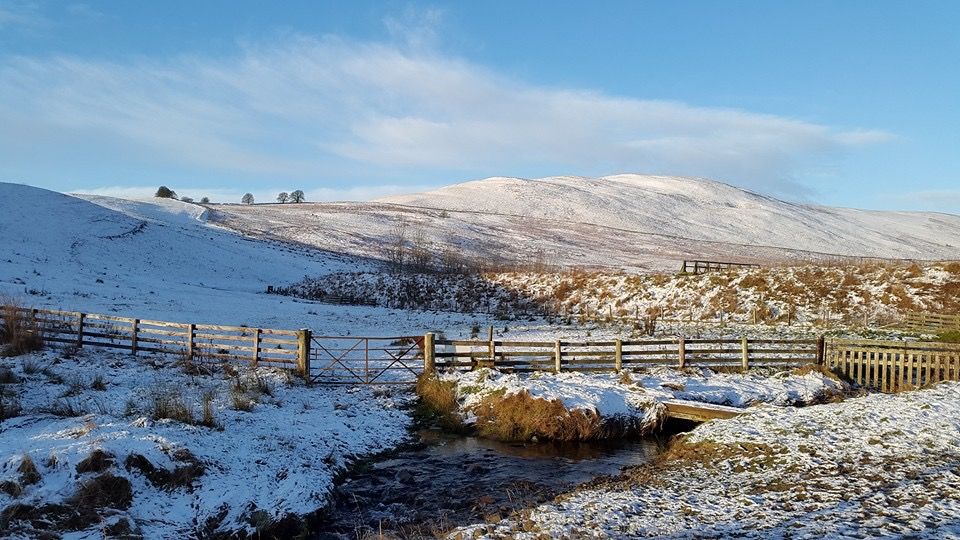
snowy fields Karen
Scotland’s EU Continuity Bill was passed by MSPs on 22 December 2020. This bill is an important one for Scotland’s natural environment, as it aims to ensure that the environmental safeguards that came with EU membership remain in place now that the UK has left the EU. It also sets up arrangements for Scots law to remain aligned with EU law on the environment and other matters in the future.
Following the publication of the bill last June, we campaigned hard for the Scottish government to strengthen it to ensure no gaps were created in environmental protections following Brexit. Thousands of people lobbied their MSPs to encourage them to vote for stronger measures. So how good is the final bill?
The bill secures some crucial protections for Scotland’s environment…
The bill embeds key EU environmental principles into Scots law and stipulates that Scottish ministers and policy makers must have regard to these when developing new policies or legislation. This follows two years of pressure from Fight for Scotland’s Nature supporters, who can chalk it up as a great victory. The principles include the precautionary principle, which requires that preventative policies must be put in place where there is concern that an activity is causing or could lead to environmental harm. In Scotland the precautionary principle has previously informed decisions not to allow fracking, genetically modified organisms or the use of harmful pesticides.

Redwing © Sandra Graham
Significantly, an additional ‘integration principle’ was added to the bill, stating that consideration of the environment must be embedded across all areas of government.
The bill also grants Scottish government ministers new powers to keep pace with developments in EU law. Use of these powers in the future must be to advance environmental standards and social rights. This allows the Scottish government to uphold its commitment to ‘maintain or exceed’ European environmental standards in the future.
Campaign supporters will also be aware that the bill establishes a new Scottish environmental watchdog, Environmental Standards Scotland. This is itself an achievement, as it provides a mechanism by which Scotland’s environmental laws can be enforced now that we will no longer have the oversight of the EU Commission.
… but a vital gap remains in ensuring the watchdog can take action on public complaints of environmental damage
Throughout the second half of 2020, the Fight for Scotland’s Nature campaign pushed for the law setting out the new watchdog’s remit to be strengthened. Very disappointingly, the legislation prevents the watchdog from taking any enforcement action on individual complaints of environmental damage or breaches of environmental law. This could include an individual making a complaint about a specific incident of environmental damage in their local area. At EU level, action to rectify individual cases has been effective, and has set new precedents in environmental legislation, preventing problems from reoccurring elsewhere.

The Firth of Lorn is protected from scallop dredging thanks to the EU Commission’s ability to take enforcement action on individual cases. ©Calum Duncan
Instead, the new Scottish watchdog has been designed to only take enforcement action when a public body fails to comply with environmental law when the matter is deemed to be of ‘strategic significance.’ This could be, for example, significant breaches in air quality levels across the country or a failing in law to protect a particular wildlife species or habitat type.
Unfortunately, despite the many emails that were sent to MSPs on this issue, and the backing of Labour, Scottish Green and Liberal Democrat MSPs, we were not able to make progress on this vital issue. Amendments to the bill to empower the watchdog to act on individual cases were opposed by SNP and most Scottish Conservative MSPs, with opponents claiming that such a change could cause regulatory confusion and that the watchdog’s enforcement powers are expected to be used only on rare occasions. We’re disappointed that MSPs took this view, as in our experience strong enforcement powers can act as a deterrent and help to rectify issues early on.
However, this is not the end of the road for strengthening the arrangements of the watchdog. Scottish Environment LINK pushed for the bill to include a commitment for the Scottish government to hold a future consultation to assess the effectiveness of post-Brexit environmental protections, including to seek views on the need for a Scottish environmental court. MSPs agreed to add a requirement for this consultation into the bill and we can expect public views to be sought after the Holyrood election.
The organisations behind the Fight for Scotland’s Nature campaign, members of Scottish Environment LINK, will continue to make the case for the watchdog to be given more teeth to fully investigate and take action following individual complaints from the public.
The Fight for Scotland’s Nature campaign will continue to call on the Scottish government to take steps to protect Scotland’s wildlife and habitats. We will be making the case for the Scottish government to set clear, legally binding targets to halt the decline of our species and habitats and restore nature for future generations.
















